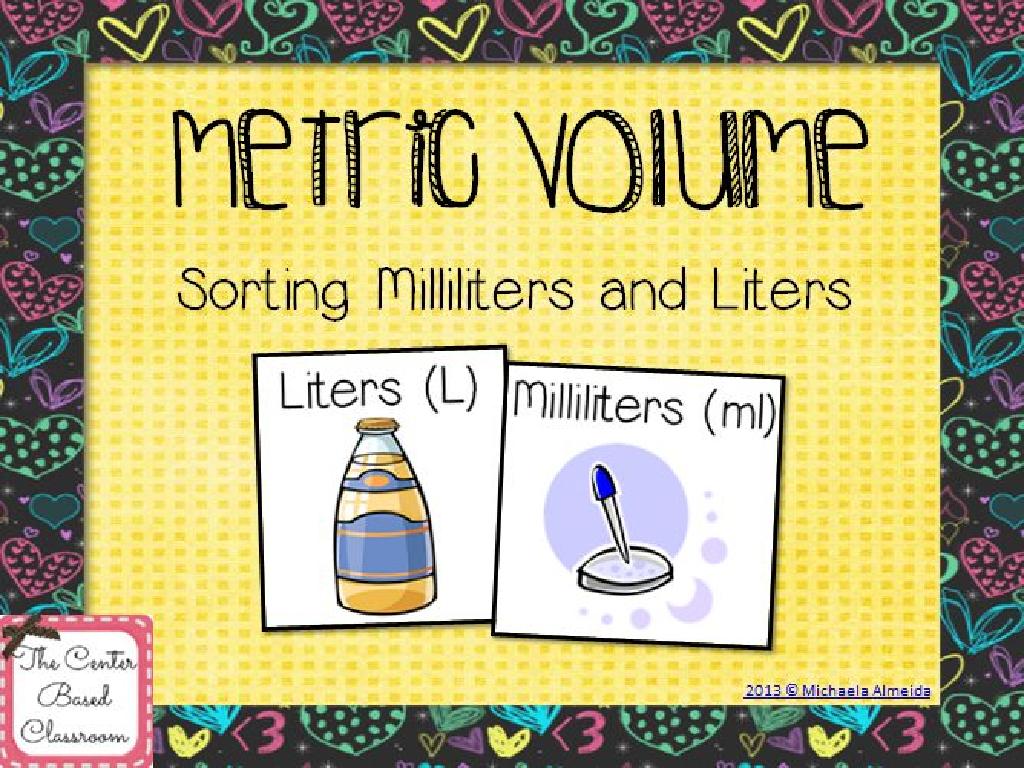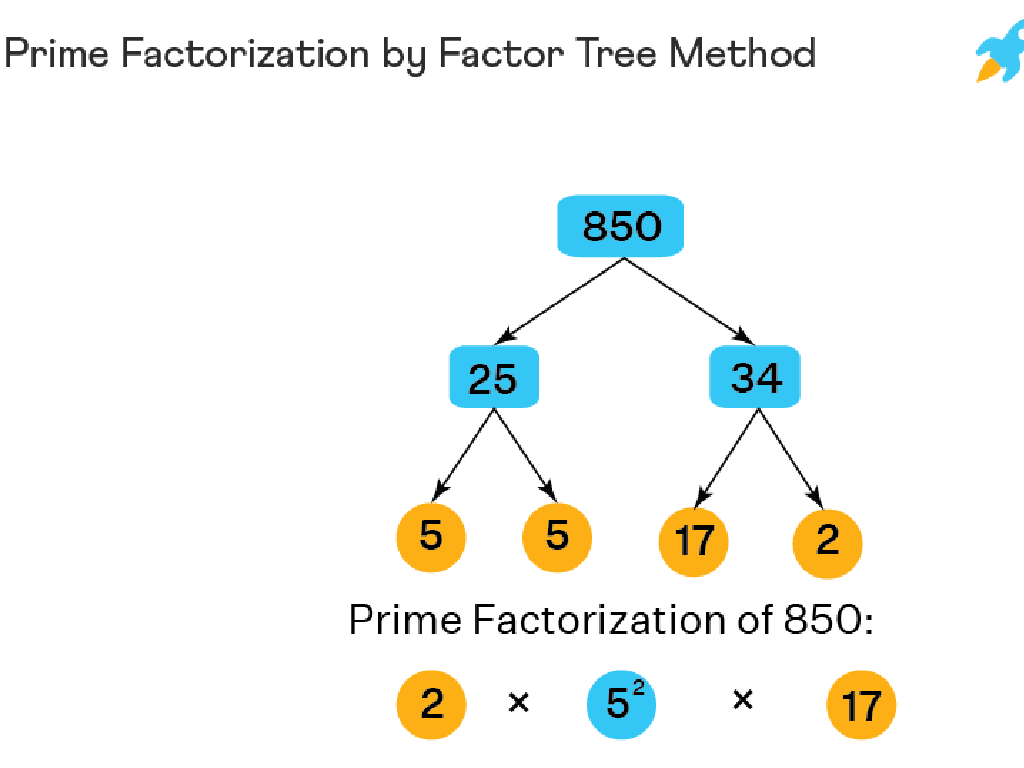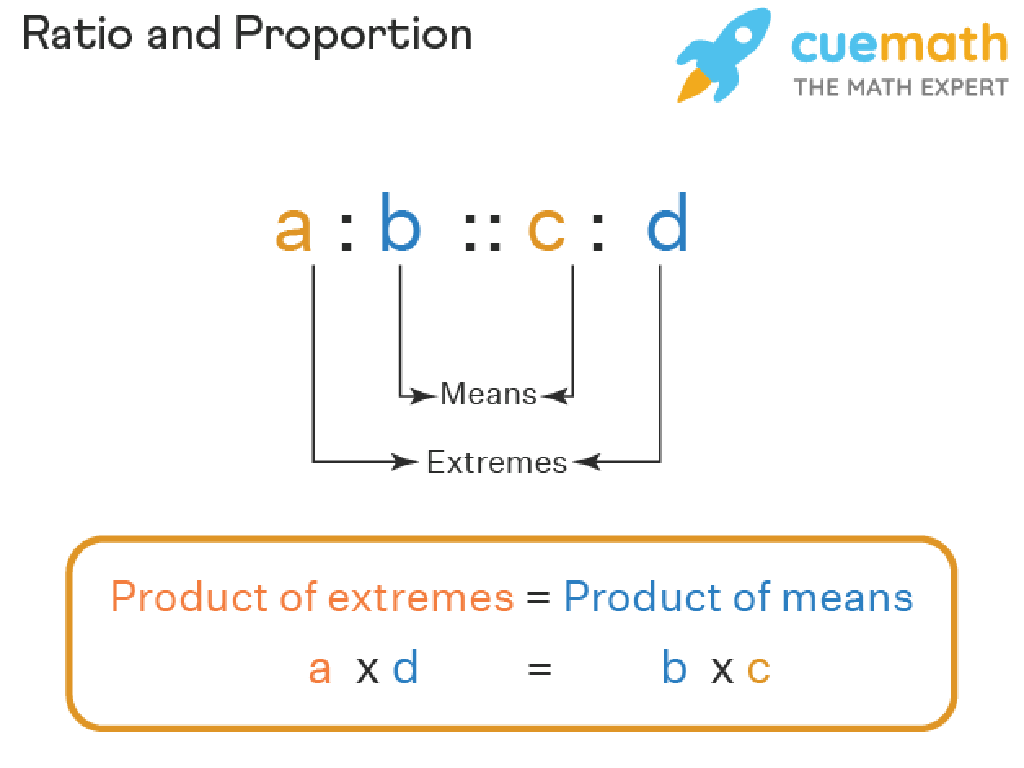Period 3: 1754-1800
Subject: Arts and humanities
Grade: High school
Topic: Ap /College Us History
Please LOG IN to download the presentation. Access is available to registered users only.
View More Content
Exploring Period 3: 1754-1800 in US History
– Transformative years: 1754-1800
– Era marked by revolution and nation-building
– Key events and themes overview
– Includes the French and Indian War, Declaration of Independence, Revolutionary War, and the drafting of the US Constitution
– Significance in US history
– This period shaped the early political, social, and economic structures of the United States
– Foundation of American society
|
This slide introduces students to Period 3 of US history, a time of profound change and nation-building. It covers the years 1754-1800, which include critical events such as the French and Indian War, the American Revolution, and the establishment of the US Constitution. These events are not only pivotal in American history but also set the stage for the country’s future development. The period is characterized by the struggle for independence, the creation of a new government, and the challenges of forming a national identity. Students should understand the lasting impact of these events and themes on the formation of American society and government. Encourage them to explore how these foundational years continue to influence the United States today.
The Road to Revolution: 1754-1800
– French and Indian War impact
– War debt led to British taxing colonies, sparking tension.
– Colonial unrest and rebellion
– Taxes and laws like the Stamp Act fueled colonial protests.
– Significance of the Boston Tea Party
– A pivotal protest against taxation without representation.
– The Intolerable Acts response
– Harsh British laws intended to punish and control the colonies.
|
This slide covers the crucial events leading up to the American Revolution. The French and Indian War left Britain with a massive debt, leading to increased colonial taxation, which ignited widespread discontent. Highlight the Stamp Act as a significant trigger for colonial rebellion. The Boston Tea Party, a direct action against the Tea Act, became a symbol of resistance. Following this, the Intolerable Acts were Britain’s punitive measures to maintain order but instead intensified the call for independence. Discuss the escalation of these events and how they collectively contributed to the revolutionary sentiment in the colonies. Encourage students to consider the perspective of both the British and the colonists to understand the complexities of the situation.
The American Revolution: Key Aspects
– Formation of the Continental Congress
– First convened in 1774, it was a response to British policies.
– Declaration of Independence
– Adopted on July 4, 1776, it announced the colonies’ separation from Britain.
– Pivotal battles of the Revolution
– Battles like Saratoga and Yorktown were crucial to the colonial victory.
– Influence of global allies
– French support was vital, providing supplies, soldiers, and naval power.
|
This slide aims to encapsulate the critical elements of the American Revolution for a high school Arts and Humanities class. Begin with the Continental Congress, highlighting its role as the governing body during the Revolution and its response to British rule. Discuss the Declaration of Independence as a pivotal document that articulated the colonies’ desire for sovereignty. Examine key battles, emphasizing their strategic importance and outcomes, particularly the Battle of Saratoga as the turning point and the Siege of Yorktown as the war’s conclusion. Lastly, underscore the significance of international allies, especially France, whose aid was instrumental in securing American independence. Encourage students to consider the interconnectedness of political actions, military strategies, and international diplomacy in shaping historical events.
Forming a New Nation: The Road to the Constitution
– Crafting a new government
– Post-Revolution, the challenge was to establish a strong, functioning government.
– Weaknesses of the Articles
– The Articles provided a loose federal government, but lacked enforcement power and central unity.
– The Constitutional Convention
– Delegates met to address the Articles’ failures, leading to the creation of a new governing document.
– Ratification of the US Constitution
– The Constitution replaced the Articles, establishing a stronger federal structure with checks and balances.
|
This slide aims to outline the significant milestones in the formation of the United States government post-independence. The challenges of creating a new government were immense, as the nation sought to balance the need for a strong central authority with the fear of tyranny. The Articles of Confederation were the first attempt at national governance, but they were soon found to be inadequate, lacking the necessary powers to effectively govern. The Constitutional Convention was a pivotal moment where the founding fathers debated and designed the US Constitution, which established a federal system with a separation of powers. The ratification of the Constitution marked the beginning of a new era of governance in America. Encourage students to consider the complexities of forming a new government from scratch and the foresight the founders needed to establish a lasting democracy.
The Early Republic: Foundations of American Government
– Washington’s presidency establishment
– First President, set precedents for the federal government’s role
– Emergence of political parties
– Federalists vs. Democratic-Republicans: differing visions for America
– Foreign policy and the XYZ Affair
– 1797 diplomatic conflict with France, leading to the Quasi-War
– Impact on the new nation
|
This slide delves into the formative years of the United States under the leadership of its first President, George Washington. It covers the establishment of the new federal government and the precedents set during his presidency, which have shaped the executive role to this day. The slide also explores the origins of the American two-party system, highlighting the ideological divide between the Federalists and the Democratic-Republicans. Additionally, it discusses the foreign policy challenges faced by the young nation, particularly the XYZ Affair, which strained relations with France and led to the Quasi-War. This period was crucial in defining the political landscape and diplomatic stance of the early United States. Encourage students to consider how these early events and decisions continue to influence American politics and foreign policy.
Cultural and Social Changes: 1754-1800
– Revolution’s impact on social groups
– Consider how different classes and genders experienced changes post-revolution.
– American themes in arts and literature
– Explore how the arts began to express unique American identity and patriotism.
– Religious revival significance
– Understand the role of religious revival in shaping societal values.
– Onset of the Second Great Awakening
– Discuss the Second Great Awakening’s influence on American society and future reforms.
|
This slide examines the cultural and social transformations during the period of 1754-1800, with a focus on the aftermath of the American Revolution. It’s crucial to highlight how the revolution affected various social groups, including women, slaves, and the emerging middle class. The growth of arts and literature during this time began to reflect American themes, showcasing a burgeoning national identity. Additionally, the period saw a significant religious revival, setting the stage for the Second Great Awakening, which would have profound effects on American society, including movements for abolition and women’s rights. Encourage students to think critically about the interplay between cultural shifts and historical events.
Class Activity: Debating the Great Decisions
– Divide into Federalists vs. Anti-Federalists
– Debate on US Constitution ratification
– Discuss the Bill of Rights
– The first 10 amendments to the Constitution, ensuring fundamental rights
– Understand protection of liberties
– Emphasize how these rights impact our daily lives and the functioning of democracy
|
This class activity is designed to engage students in a historical debate that mirrors the discussions during the founding of the United States. By dividing the class into Federalists and Anti-Federalists, students will gain a deeper understanding of the arguments for and against the ratification of the U.S. Constitution. Encourage each group to research their assigned perspective to prepare for the debate. The discussion on the Bill of Rights should highlight its role in safeguarding individual liberties against government infringement. Possible activities: 1) Role-play as key historical figures, 2) Draft arguments based on historical documents, 3) Create posters summarizing each group’s viewpoints, 4) Write a reflective essay on the importance of the Bill of Rights, 5) Hold a mock vote after the debate to see which side the class supports.
Conclusion: The Formative Years of the United States
– Recap major developments 1754-1800
– French and Indian War, Declaration of Independence, Revolutionary War, Constitution
– Reflect on the period’s impact
– Consider how events shaped the nation’s identity and future policies
– Open floor for discussion
– Encourage critical thinking
– Ask students to consider ‘What if?’ scenarios to explore alternate histories
|
This slide aims to summarize the key events and developments from 1754-1800, a crucial period in American history that includes the French and Indian War, the drafting of the Declaration of Independence, the Revolutionary War, and the adoption of the Constitution. Encourage students to reflect on how these events collectively set the stage for the United States’ future, both in terms of its internal growth and its role on the world stage. Open the floor for students to ask questions or start a discussion, which can help clarify their understanding and engage them in critical thinking. Prompt them to consider the long-term effects of this period’s events and to think about how different outcomes could have altered the course of history.





